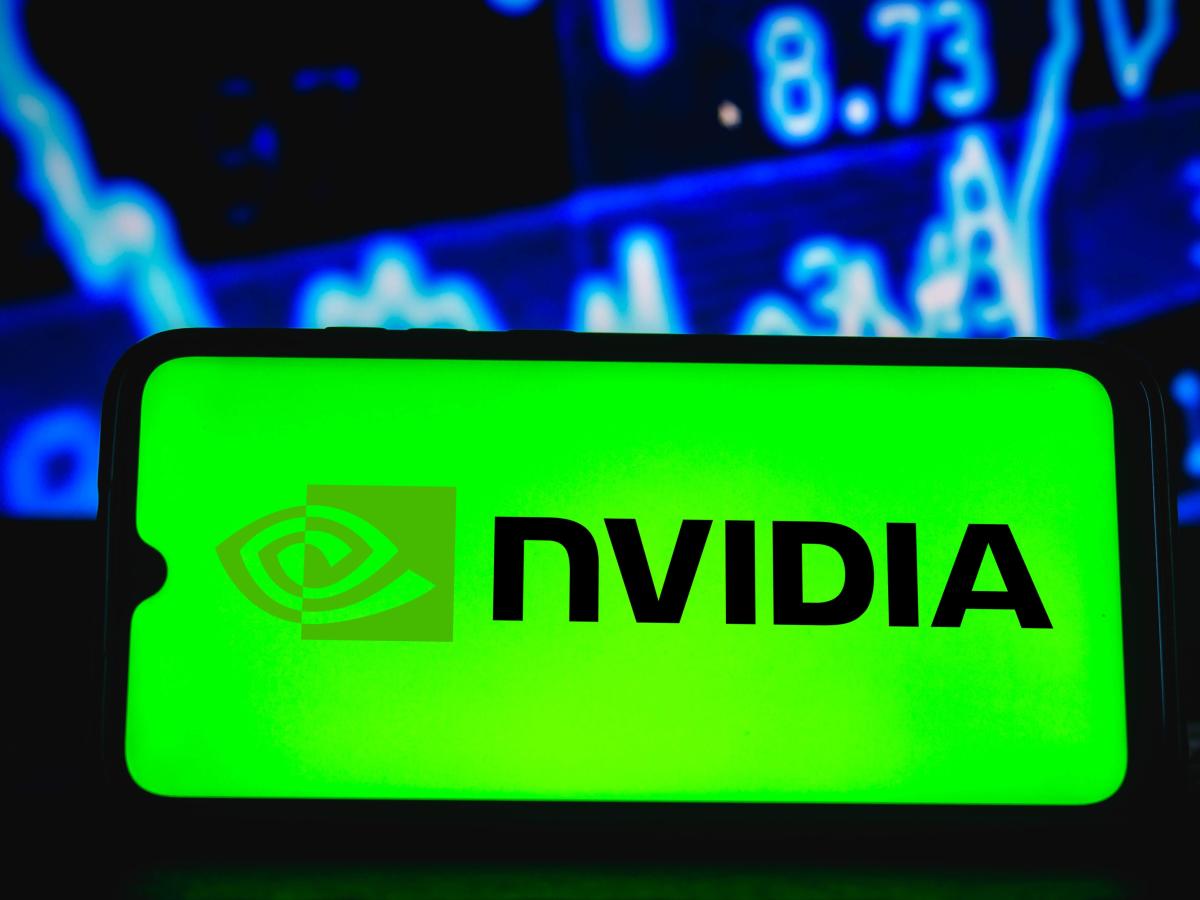
- Stocks
Nvidia could be included in the Dow
Do you want to know how to make money from this?
Register for free and get expert advice, access to a training course and webinars.
Key points:
- Nvidia completed a 10-for-1 stock split, making it more accessible to retail investors.
- The price per share after the split is $120, compared to $1,200 before the split.
- The stock split could lead to Nvidia’s inclusion in the Dow Jones Industrial Average, replacing Intel.
A ten-fold split of Nvidia shares takes effect, designed to make shares more accessible to individual investors. The event sparked intense discussions about the possible inclusion of Nvidia, a leader in artificial intelligence, in the prestigious blue-chip Dow Jones Industrial Average.
What happened to Nvidia in previous weeks?
Despite rising nearly 27% since announcing a stock split and strong outlook last month, Nvidia shares fell 0.2% on Monday. However, the dominant artificial intelligence chip maker reached a market capitalization of $3 trillion last week, overtaking Apple to become the world’s second-largest company behind Microsoft.
It should be noted that after the stock split, Nvidia’s share price is now $120, up from $1,200 on Friday. The change makes the company a potential candidate for inclusion in the Dow Jones Industrial Average, which consists of 30 companies and is price-weighted.
Will a stock split lead to Nvidia’s inclusion in the Dow?
Stock splits are typically done to lower the price of a stock, making it more accessible to ordinary employees and investors. At the same time, the number of company shares in circulation increases, but its market capitalization remains unchanged.
As a result of the split, Nvidia is expected to join Amazon and Apple in the Dow Jones Industrial Average. At the same time, the stock of microchip manufacturer Intel, which currently has the least weight in the index, may be squeezed out.
Market analysts note that stock splits tend to attract the attention of retail investors, who tend to handle smaller amounts and have limited investment options compared to institutional investors.
Goldman Sachs strategists note in their research note that recent stock splits have not led to a significant increase in retail investor activity. However, according to them, there were exceptions, for example, the stock split of Amazon in 2022 and Nvidia in 2021.
A Goldman Sachs analysis of 45 Russell 1000 stock splits since 2019 found that over the past few years, stock trading volumes in these companies briefly increased after the split was announced, but remained virtually unchanged when it took effect and in the subsequent period.
Do you want to know
How to make money from the news
Register for free and get:
- Expert consultation;
- Access to the training course;
- Opportunity to participate in webinars

